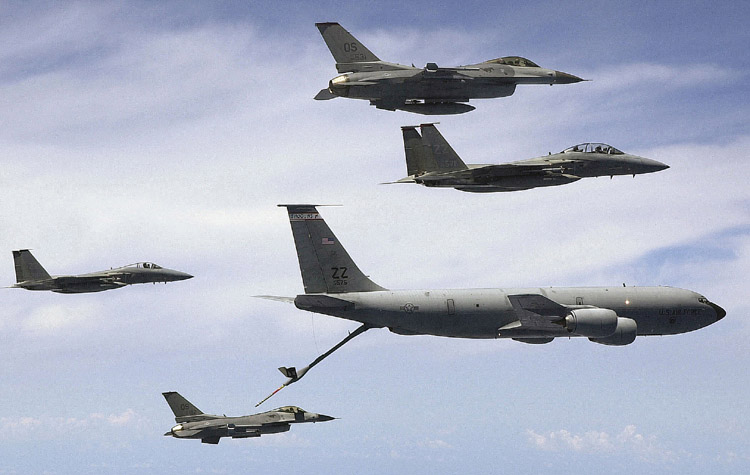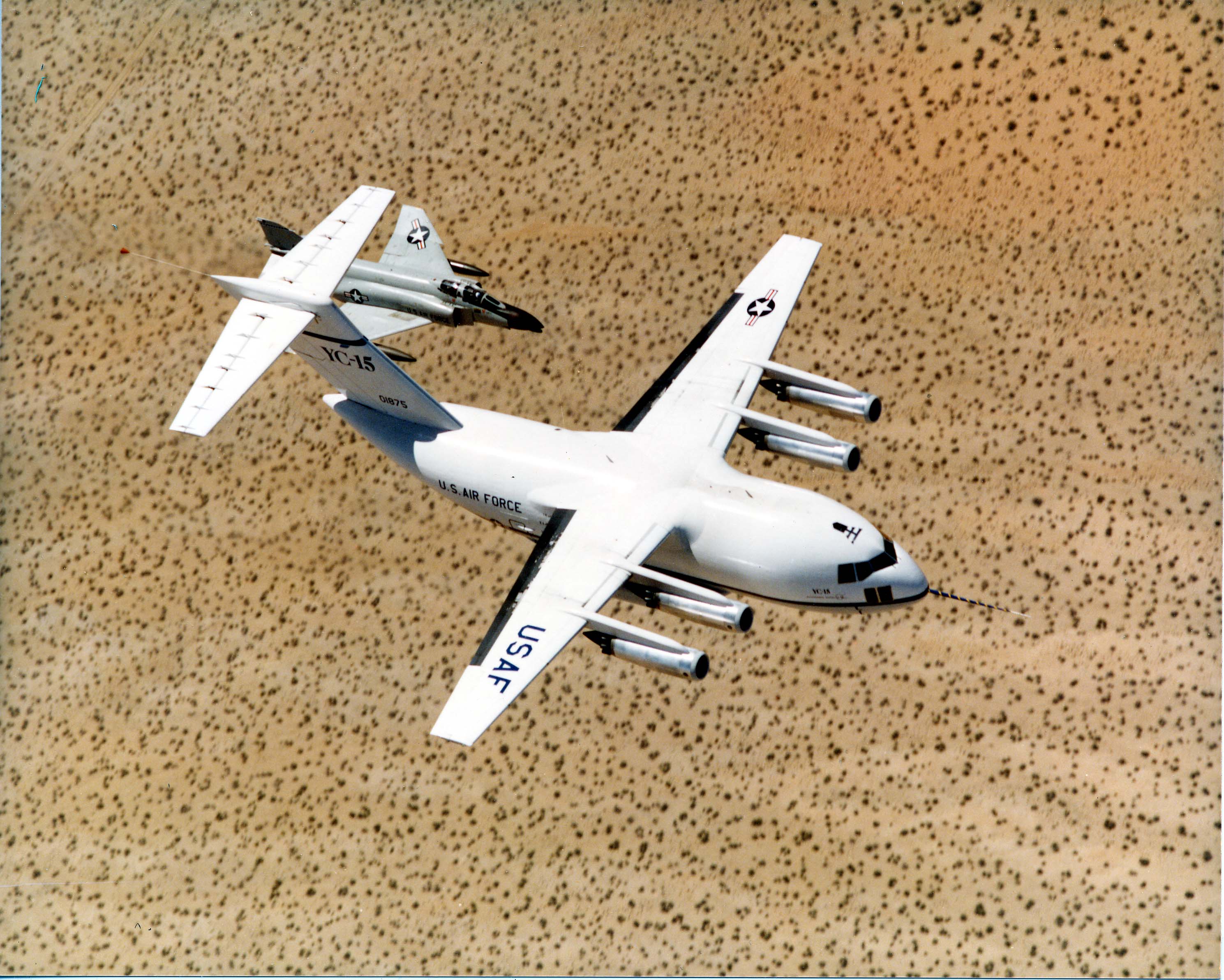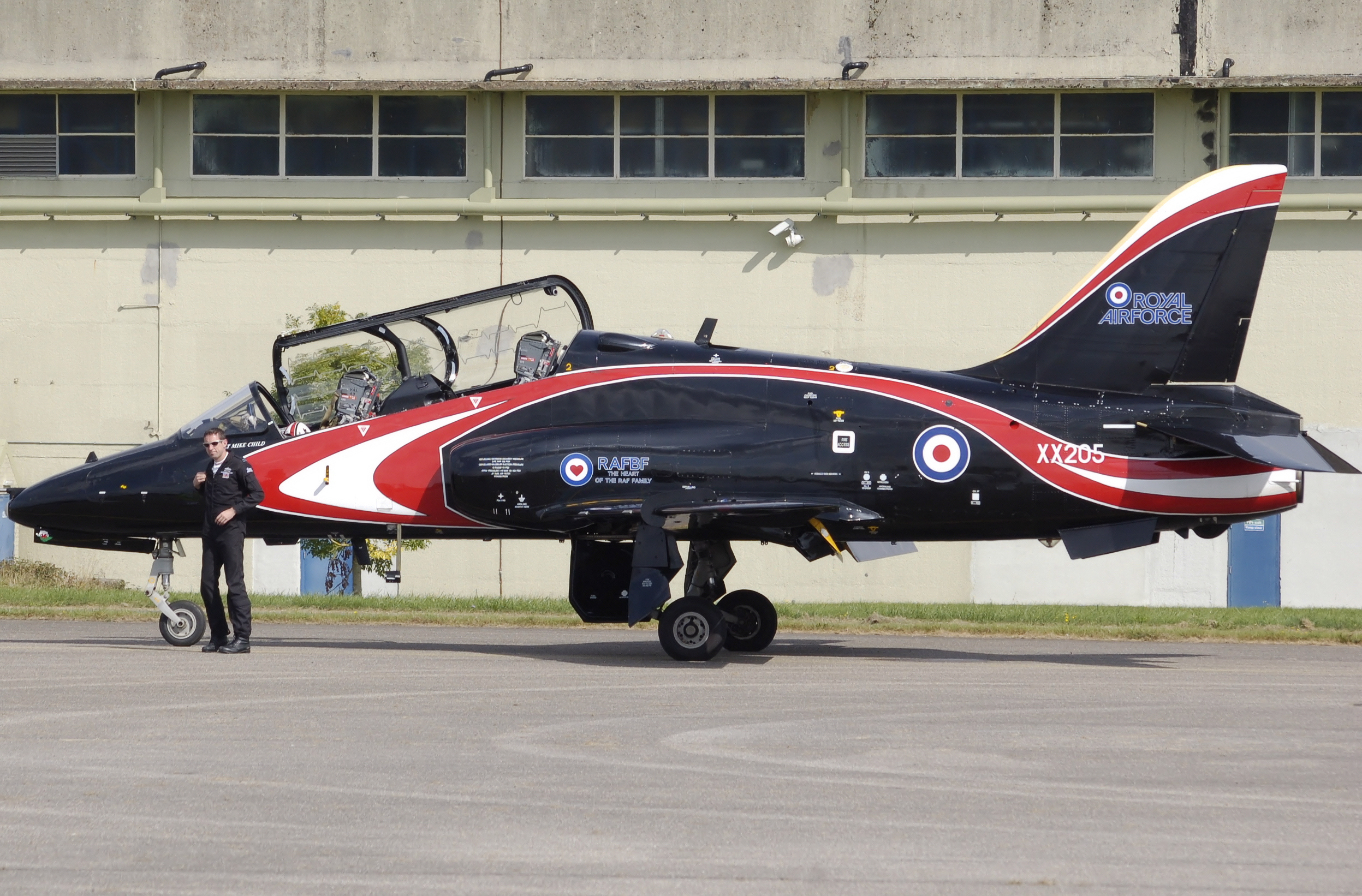|
Kuwaiti Air Force
The Kuwait Air Force ( ar, القوات الجوية الكويتية , al-Quwwat al-Jawwiya al-Kuwaitiya) is the air arm of the Armed Forces of Kuwait. The Air Force headquarters is located at Abdullah Al-Mubarak Air Base, with the remaining forces stationed at Air Defense Brigades, Ali Al Salem Air Base and Ahmad al-Jaber Air Base. The Kuwait Air Force numbers approximately 2,500 officers and enlisted personnel. History The Kuwait Air Force was founded in 1953 by Field Marshal Sheikh Abdullah Mubarak Al-Sabah when the Directorate of Public Security Force split from the Kuwaiti Army; the new force was equipped with a number of Austers in different configurations and two de Havilland DH.104 Doves. The Kuwait Air Force was expanded concurrently with the course of the British intervention during Operation Vantage that deterred Iraq from annexing Kuwait as one of its provinces. The first aircraft to enter KAF service were four Whirlwind helicopters and six BAC/Hunting Jet Provo ... [...More Info...] [...Related Items...] OR: [Wikipedia] [Google] [Baidu] |
Air Force
An air force – in the broadest sense – is the national military branch that primarily conducts aerial warfare. More specifically, it is the branch of a nation's armed services that is responsible for aerial warfare as distinct from an army or navy. Typically, air forces are responsible for gaining control of the air, carrying out strategic and tactical bombing missions, and providing support to land and naval forces often in the form of aerial reconnaissance and close air support. The term air force may also refer to a tactical air force or numbered air force, which is an operational formation either within a national air force or comprising several air components from allied nations. Air forces typically consist of a combination of fighters, bombers, helicopters, transport planes and other aircraft. Many air forces may command and control other air defence forces assets such as anti-aircraft artillery, surface-to-air missiles, or anti-ballistic missile warning ne ... [...More Info...] [...Related Items...] OR: [Wikipedia] [Google] [Baidu] |
F/A-18 Hornet
The McDonnell Douglas F/A-18 Hornet is an all-weather, twinjet, twin-engine, supersonic aircraft, supersonic, carrier-based aircraft, carrier-capable, Multirole combat aircraft, multirole combat aircraft, designed as both a Fighter aircraft, fighter and attack aircraft (hence the F/A 1962 United States Tri-Service aircraft designation system, designation). Designed by McDonnell Douglas (now part of Boeing) and Northrop Corporation, Northrop (now part of Northrop Grumman), the F/A-18 was derived from the latter's YF-17 in the 1970s for use by the United States Navy and United States Marine Corps, Marine Corps. The Hornet is also used by the air forces of several other nations, and formerly by the U.S. Navy's Flight Demonstration Squadron, the Blue Angels. The F/A-18 was designed to be a highly versatile aircraft due to its avionics, cockpit displays, and excellent aerodynamic characteristics, with the ability to carry a wide variety of weapons. The aircraft can perform escort f ... [...More Info...] [...Related Items...] OR: [Wikipedia] [Google] [Baidu] |
Ali Al Salem Air Base
Ali Al Salem Air Base is a military air base situated in Kuwait, approximately 23 miles (37 km) from the Iraqi border, and roughly 15 km west of Al Jahra. The airfield is owned by the Government of Kuwait, and during Operation Southern Watch, Operation Iraqi Freedom, Royal Air Force (RAF) during Operation Telic, United States Air Force (USAF), and United States Marine Corps (USMC) personnel and aircraft. Since those operations, the base has been returned to the control of the Kuwaiti Government, with the USAF continuing to maintain a presence alongside their Kuwait Air Force counterparts. The principal USAF unit on base is the 386th Air Expeditionary Wing (386 AEW). History Gulf War In 1990, the base was the last to be overrun during the Iraqi invasion of Kuwait. On August 3, Ali Al Salem was the only air base not occupied by Iraq. A small number of Kuwaiti regulars, staff officers, and the base Commander, General Saber Suwaidan stayed to fight and organize re ... [...More Info...] [...Related Items...] OR: [Wikipedia] [Google] [Baidu] |
Kuwait
Kuwait (; ar, الكويت ', or ), officially the State of Kuwait ( ar, دولة الكويت '), is a country in Western Asia. It is situated in the northern edge of Eastern Arabia at the tip of the Persian Gulf, bordering Iraq to the north and Saudi Arabia to the south. Kuwait also shares maritime borders with Iran. Kuwait has a coastal length of approximately . Most of the country's population reside in the urban agglomeration of the capital city Kuwait City. , Kuwait has a population of 4.45 million people of which 1.45 million are Kuwaiti citizens while the remaining 3.00 million are foreign nationals from over 100 countries. Historically, most of present-day Kuwait was part of ancient Mesopotamia. Pre-oil Kuwait was a strategic trade port between Mesopotamia, Persia and India. Oil reserves were discovered in commercial quantities in 1938. In 1946, crude oil was exported for the first time. From 1946 to 1982, the country underwent large-scale modernization, largely b ... [...More Info...] [...Related Items...] OR: [Wikipedia] [Google] [Baidu] |
KC-130J
The Lockheed Martin (previously Lockheed) KC-130 is a family of the extended-range tanker version of the C-130 Hercules transport aircraft. The KC-130J is the latest variant operated by the United States Marine Corps (USMC), with 48 delivered out of 79 ordered. It replaced older KC-130F, KC-130R, and KC-130T variants for aerial refueling. USMC reserve unit, VMGR-452 operated 12 KC-130T aircraft until May 2021; this was the last USMC reserve unit that operated the legacy KC-130s, completing the corps' transition to the more advanced Super Hercules. Development The KC-130F made its first test flight in January 1960 as the GV-1 under the old Navy designation system. First entering service in 1962, the KC-130F was designed to undertake aerial refueling missions in support of USMC aircraft. It was developed from the Lockheed C-130 Hercules. The newest Hercules, the KC-130J, shares 55 percent of the same airframe as preceding models, but in fact is a greatly improved airplane. I ... [...More Info...] [...Related Items...] OR: [Wikipedia] [Google] [Baidu] |
C-130
The Lockheed C-130 Hercules is an American four-engine turboprop military transport aircraft designed and built by Lockheed (now Lockheed Martin). Capable of using unprepared runways for takeoffs and landings, the C-130 was originally designed as a troop, medevac, and cargo transport aircraft. The versatile airframe has found uses in other roles, including as a gunship (AC-130), for airborne assault, search and rescue, scientific research support, weather reconnaissance, aerial refueling, maritime patrol, and aerial firefighting. It is now the main tactical airlifter for many military forces worldwide. More than 40 variants of the Hercules, including civilian versions marketed as the Lockheed L-100, operate in more than 60 nations. The C-130 entered service with the U.S. in 1956, followed by Australia and many other nations. During its years of service, the Hercules has participated in numerous military, civilian and humanitarian aid operations. In 2007, the C-130 beca ... [...More Info...] [...Related Items...] OR: [Wikipedia] [Google] [Baidu] |
Eurocopter AS332 Super Puma
The Airbus Helicopters H215 (formerly Eurocopter AS332 Super Puma) is a four-bladed, twin-engine, medium-size utility helicopter developed and initially produced by the French aerospace company Aérospatiale. It has been subsequently manufactured by the successor companies Eurocopter and Airbus Helicopters. The Super Puma is a re-engined and more voluminous version of the original Aérospatiale SA 330 Puma. Development of the Super Puma was carried out during the 1970s, based on the successful SA 330 Puma. While retaining a similar layout, the fuselage was redesigned to increase its damage tolerance and crashworthiness, while composite materials were also more extensively used. Furthermore, a pair of more powerful Turbomeca Makila turboshaft engines were also adopted along with a more streamlined nose, amongst other changes. Two distinct fuselage lengths, a shortened and stretched form, were developed from the onset. On 5 September 1977, the ''SA 331'' pre-production prototyp ... [...More Info...] [...Related Items...] OR: [Wikipedia] [Google] [Baidu] |
Lockheed L-100 Hercules
The Lockheed L-100 Hercules is the civilian variant of the prolific C-130 Hercules military transport aircraft made by the Lockheed Corporation. Its first flight occurred in 1964. Longer L-100-20 and L-100-30 versions were developed. L-100 production ended in 1992 with 114 aircraft delivered. An updated variant of the model, LM-100J, has completed its first flight in Marietta, Georgia on 25 May 2017, and was set to start production in 2018–19. Development In 1959, Pan American World Airways ordered 12 of Lockheed's GL-207 Super Hercules to be delivered by 1962, to be powered by four 6,000 eshp Allison T56 turboprops. Slick Airways was to receive 6 such aircraft later in 1962. The Super Hercules was to be longer than the C-130B; a variant powered by 6,445 eshp Rolls-Royce Tynes and a jet-powered variant with four Pratt & Whitney JT3D-11 turbofans were also under development. Both Pan American and Slick Airways (which had ordered six) cancelled their orders and the other var ... [...More Info...] [...Related Items...] OR: [Wikipedia] [Google] [Baidu] |
Boeing C-17 Globemaster III
The McDonnell Douglas/Boeing C-17 Globemaster III is a large military transport aircraft that was developed for the United States Air Force (USAF) from the 1980s to the early 1990s by McDonnell Douglas. The C-17 carries forward the name of two previous piston-engined military cargo aircraft, the Douglas C-74 Globemaster and the Douglas C-124 Globemaster II. The C-17 is based upon the McDonnell Douglas YC-15, YC-15, a smaller prototype airlifter designed during the 1970s. It was designed to replace the Lockheed C-141 Starlifter, and also fulfill some of the duties of the Lockheed C-5 Galaxy. Compared to the YC-15, the redesigned airlifter differed in having swept wings, increased size, and more powerful engines. Development was protracted by a series of design issues, causing the company to incur a loss of nearly US$1.5 billion on the program's development phase. On 15 September 1991, roughly one year behind schedule, the first C-17 performed its maiden flight. The C-17 formally ... [...More Info...] [...Related Items...] OR: [Wikipedia] [Google] [Baidu] |
BAE Hawk
The BAE Systems Hawk is a British single-engine, jet-powered advanced trainer aircraft. It was first flown at Dunsfold, Surrey, in 1974 as the Hawker Siddeley Hawk, and subsequently produced by its successor companies, British Aerospace and BAE Systems. It has been used in a training capacity and as a low-cost combat aircraft. Operators of the Hawk include the Royal Air Force (notably the Red Arrows display team) and several foreign military operators. The Hawk is still in production in the UK and under licence in India by Hindustan Aeronautics Limited (HAL), with over 900 Hawks sold to 18 operators around the world. Development Origins In 1964, the Royal Air Force specified a requirement (Air Staff Target, AST, 362) for a new fast jet trainer to replace the Folland Gnat. The SEPECAT Jaguar was originally intended for this role, but it was soon realised that it would be too complex an aircraft for fast jet training and only a small number of two-seat versions were purchas ... [...More Info...] [...Related Items...] OR: [Wikipedia] [Google] [Baidu] |
Short Tucano
The Short Tucano is a two-seat turboprop basic trainer built by Short Brothers in Belfast, Northern Ireland. It is a licence-built version of the Brazilian Embraer EMB 312 Tucano. On 14 February 1986, the prototype conducted its maiden flight in Brazil before being delivered to Shorts to be used as a pattern aircraft and modified to meet Royal Air Force (RAF) requirements and used for trials and demonstrations. The first Short-assembled aircraft flew on 30 December 1986; deliveries to the RAF commenced during June 1988. The final example of the type was completed in 1995. Maintenance and support of the RAF's Tucano fleet was typically outsourced to several private companies. The RAF was the Tucano's primary operator, although export sales have been achieved with the nations of Kenya and Kuwait. A handful have also been purchased and piloted by private individuals. On 25 October 2019, the Tucano was withdrawn from RAF service and was replaced by the Beechcraft T-6Cs. Desig ... [...More Info...] [...Related Items...] OR: [Wikipedia] [Google] [Baidu] |








.jpg)